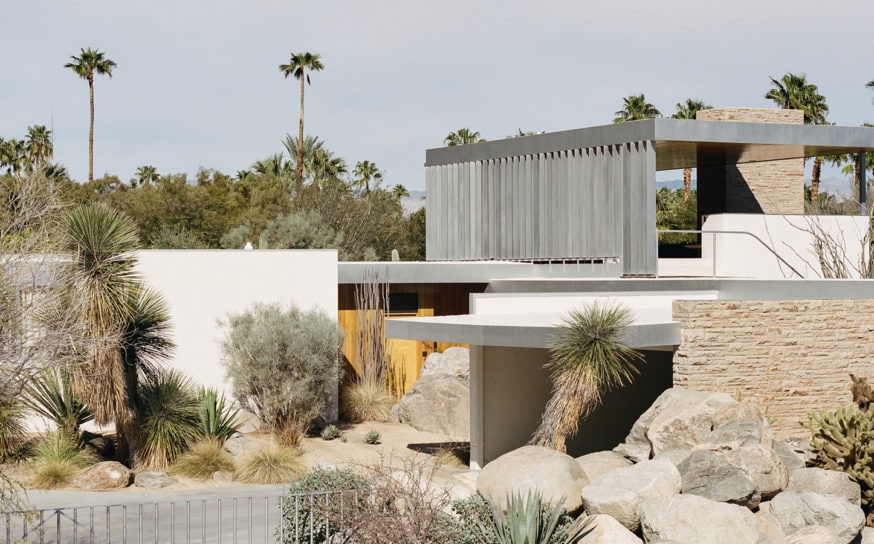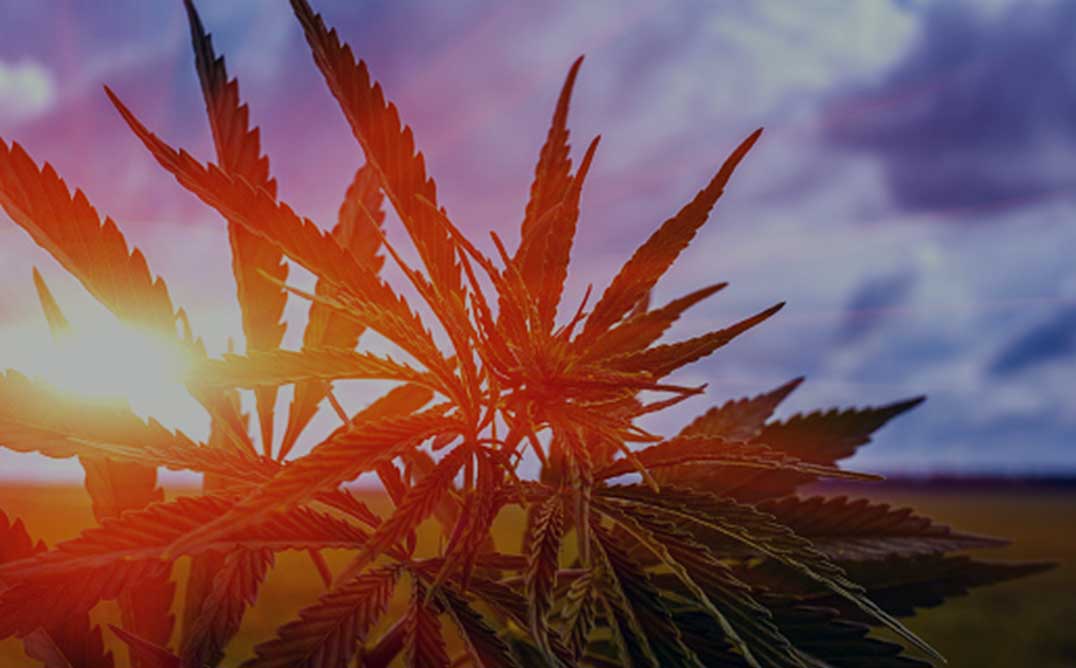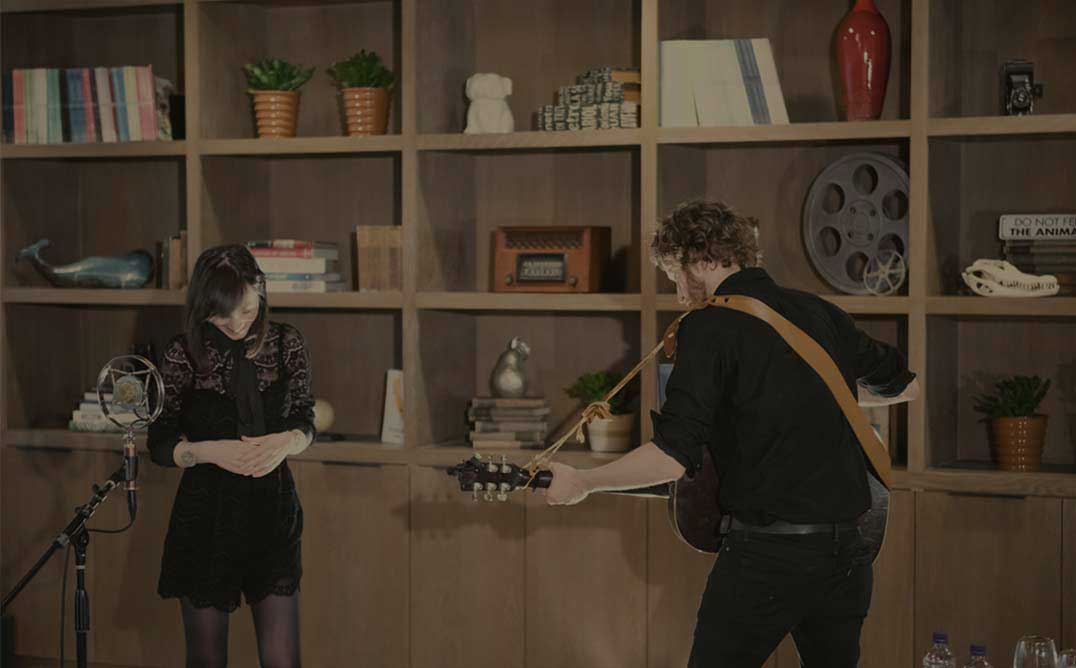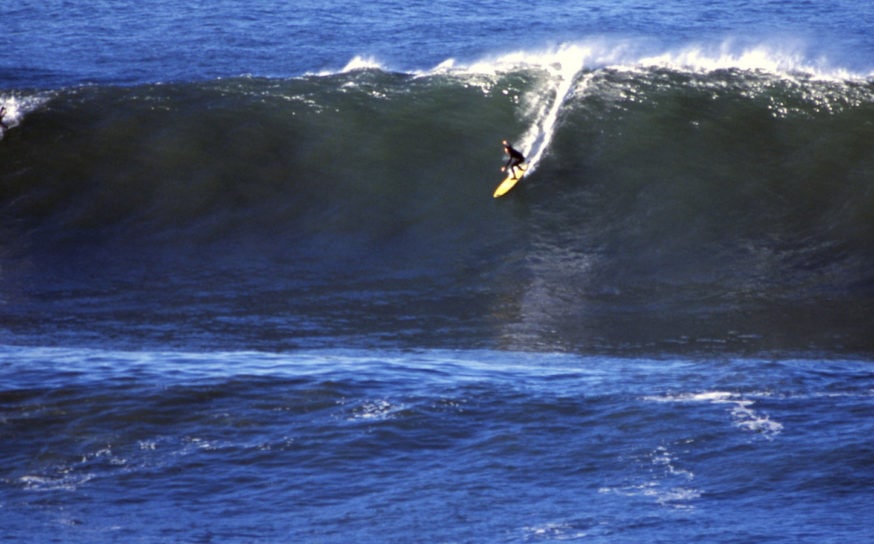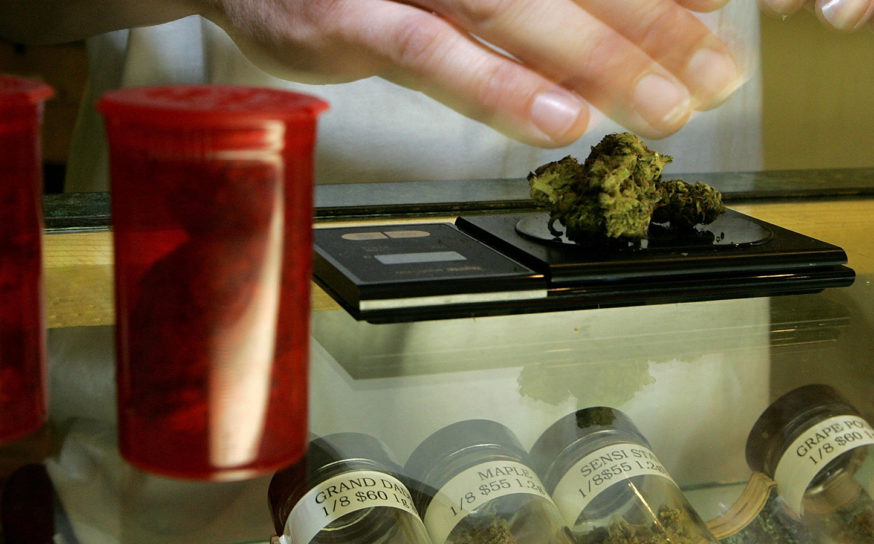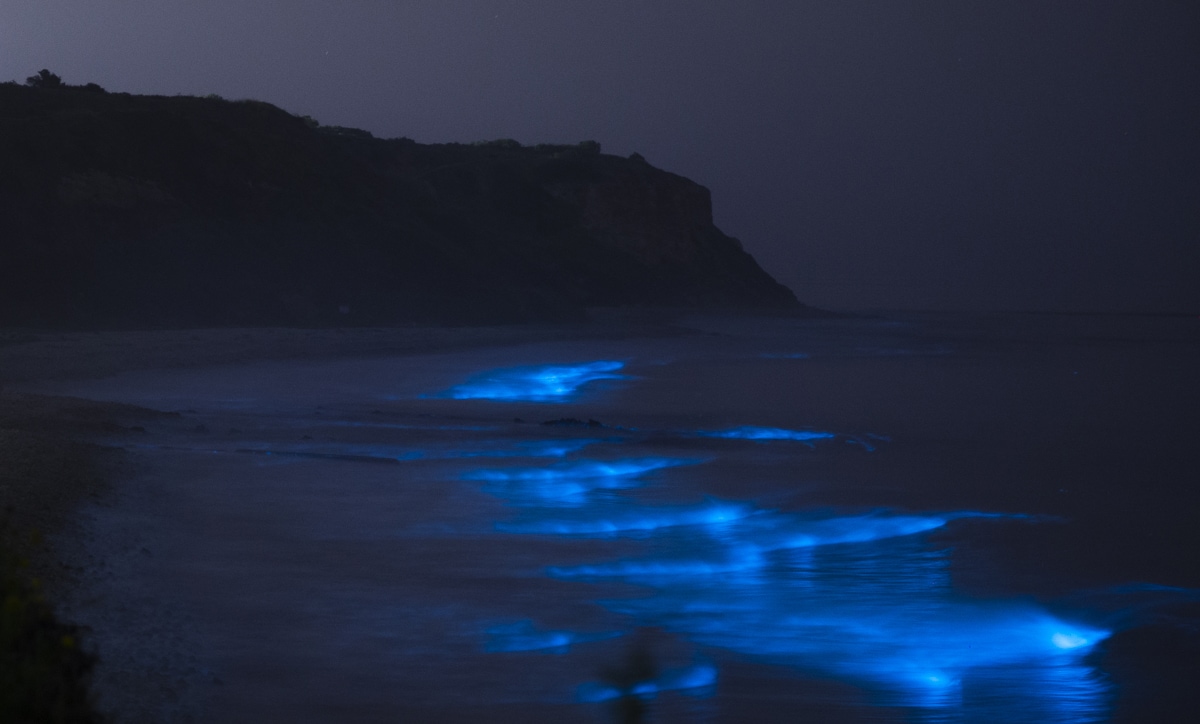
Part of a SoCal Coastline Glows Neon Blue Thanks to a Natural Phenomenon
A bit of sea sparkle.
-
CategoryExperiences, Outdoor Adventure
-
Photographed byBryce Lowe-White
The shores of the South Bay in Los Angeles County got a small, but dazzling light show this weekend.
Per the Los Angeles Times, “The sporadic phenomenon — sometimes called sea sparkle — is something scientists have been studying for 120 years. It’s associated with a red tide, or an algae bloom, made up of organisms called dinoflagellates.
“These tiny single-celled organisms are common members of the coastal plankton community that float on or near the ocean’s surface and can emit bioluminescence, most commonly when they’re grabbed by a predator. The light acts to startle their attacker, according to Michael Latz, a marine biologist with the Scripps Institution of Oceanography at UC San Diego.”
You can read more here.
Why California Cannabis Dispensaries Get “Essential” Tag But Not Aid
Small business calling foul over perceived double standard.
Eats & Beats: Dining Your Way Through the Arroyo Seco Weekend
Pasadena’s upcoming music event promises both amazing music talent and incredible local dining and drinking.
Palm Springs Readies for Another Momentous Modernism Week
The 11-day festival kicks off February 13.





